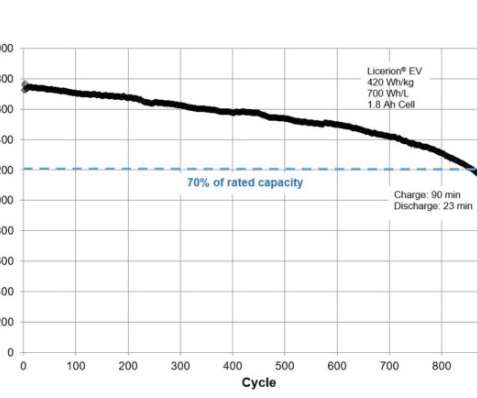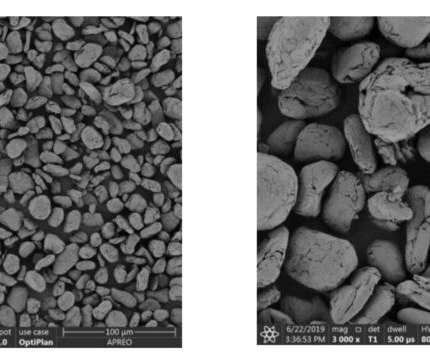Sion Power projects Licerion EV Li-metal batteries will have 420 Wh/kg and 700 Wh/L when scaled to commercial design
Green Car Congress
MARCH 15, 2020
Licerion EV is specifically designed for electric vehicle applications, focusing on high energy density, increased cycle life, and fast charging capability. Through optimization of its protected lithium anode (PLA) and advanced electrolyte formulations, Sion Power performed tests on 1.8 efficiency. efficiency.


























Let's personalize your content